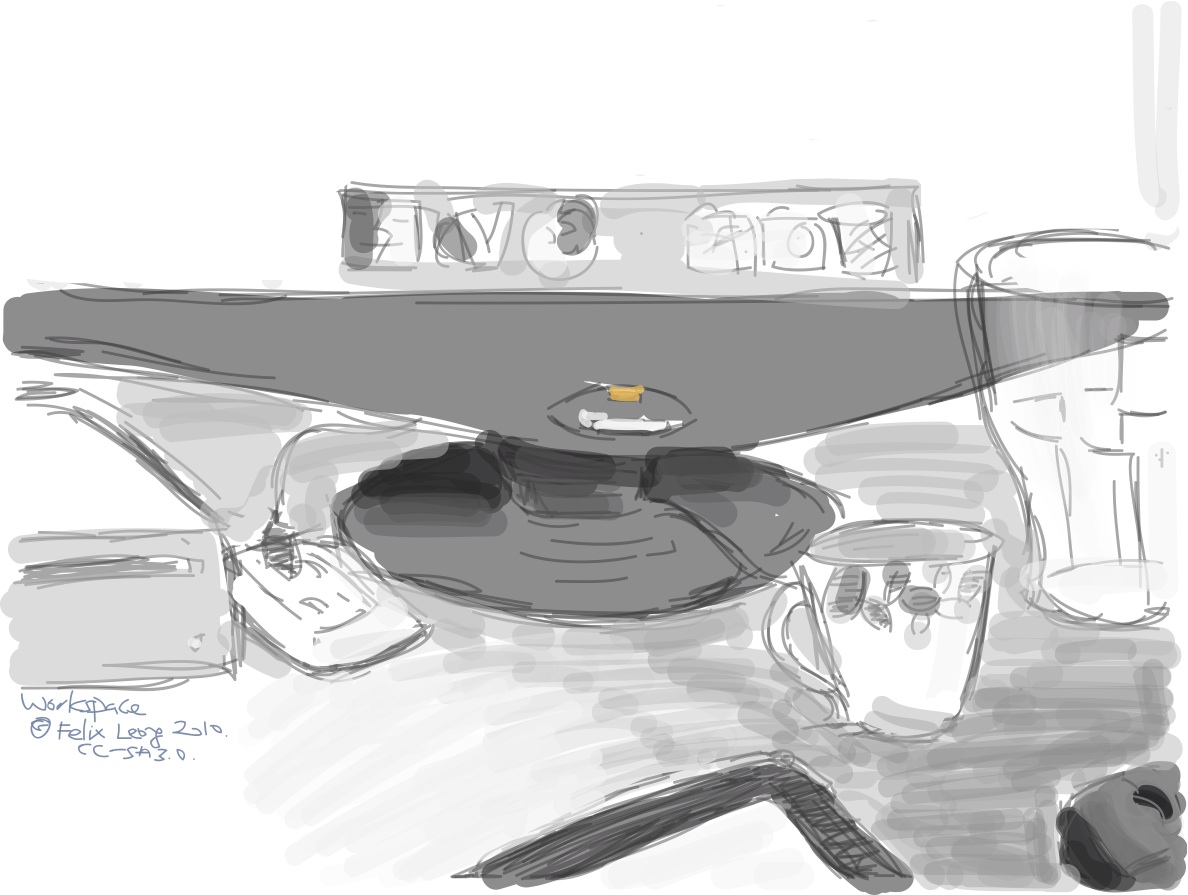Why Setting Deadlines for Yourself is a Bad Idea

Before starting the project:
Got a great project idea, feel really pumped up about it and getting ready to make that first dash.
Read Seth Godin’s Linchpin and liked the ideas that linchpins ship. Decided to follow Seth Godin’s advice of setting a deadline and ship no matter what.
“Let’s make something out next week then! Just this small tiny feature will do.”
Feel good about being so decisive and get to work.
One week later…
Staring at bits and pieces of stuff that has been hacked together. Everything seems to only barely being able to support itself while it wobbles around like jello. Worse, it does practically nothing while all it does is just taking space.
There I was: dejected and frustrated, staring blankly at the piece of junk that’s supposed to be all shiny as I’d imagined to be a week back. It would be fine if the product does something, but I know that it not even functional – It’s total crap as I know it.
Proceeds to wallow in pity and gobble down one barrel of ice cream.
Something’s wrong here!
Let’s be honest here: missing a deadline that you’ve committed to or delivering a pile of crap for the sake of meeting that deadline sucks. Hence why I dreaded and hated deadline. Screw Seth Godin!
Wait… Am I missing something here?
Yes, I do. One of the flaws that I had for being human is the tendency to only look for and remember the core advice that I had taken but not the warning labels that comes together with it. You know, the same tendency of us going straight into using a power tool or taking medication without reading the warning label?
Indeed, Seth Godin does in fact have such a warning label that I conveniently forget: Yes, artists ship, and sometimes they do ship crap.
This is worth repeating: You will produce and ship crap, get over it!
OK, I get it. Then what?
So now I acknowledge that I’d have to deal with planning fallacy: the tendency to underestimate task-completion times. What I’m going to do about it?
Joel Spolsky believes the best way of creating schedules and setting deadlines that are useful is by basing it on evidence. In a nutshell, the process involves:
- Breaking the project down into very small tasks, each not requiring more than 16 hours
- Keep timesheets: you don’t need to be obsessive about making sure it’s right
- Run scheduling simulations using gathered evidence, i.e. the timesheets
- Manage your project actively
Joel said in the article that not everyone is a great estimator, but with this feedback loop in place, estimating is a skill that could be learned over time.
Lesson learned from this experience:
Missing deadlines and producing crap is not a sin; but not keeping track of your estimates and its result is the greatest sin you can commit yourself!
I better make sure I read the warning labels this time.
End note
Coming back to Seth Godin, he in fact had a framework in planning and executing your project that is succinctly embodied in his ShipIt Workbook. As you go through the workbook, you’d actually realize how many things goes before setting on a deadline. Heck! The deadline is close to the last thing you need to actually decide upon.
Greatly recommend that you check it out!